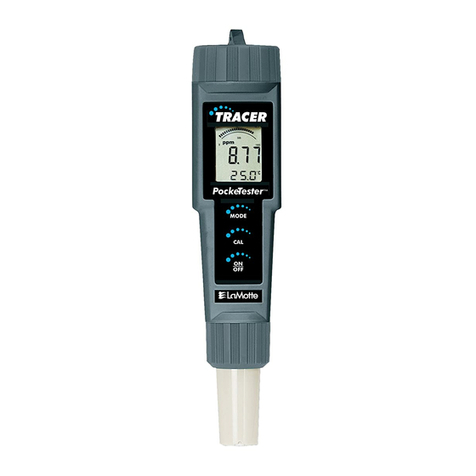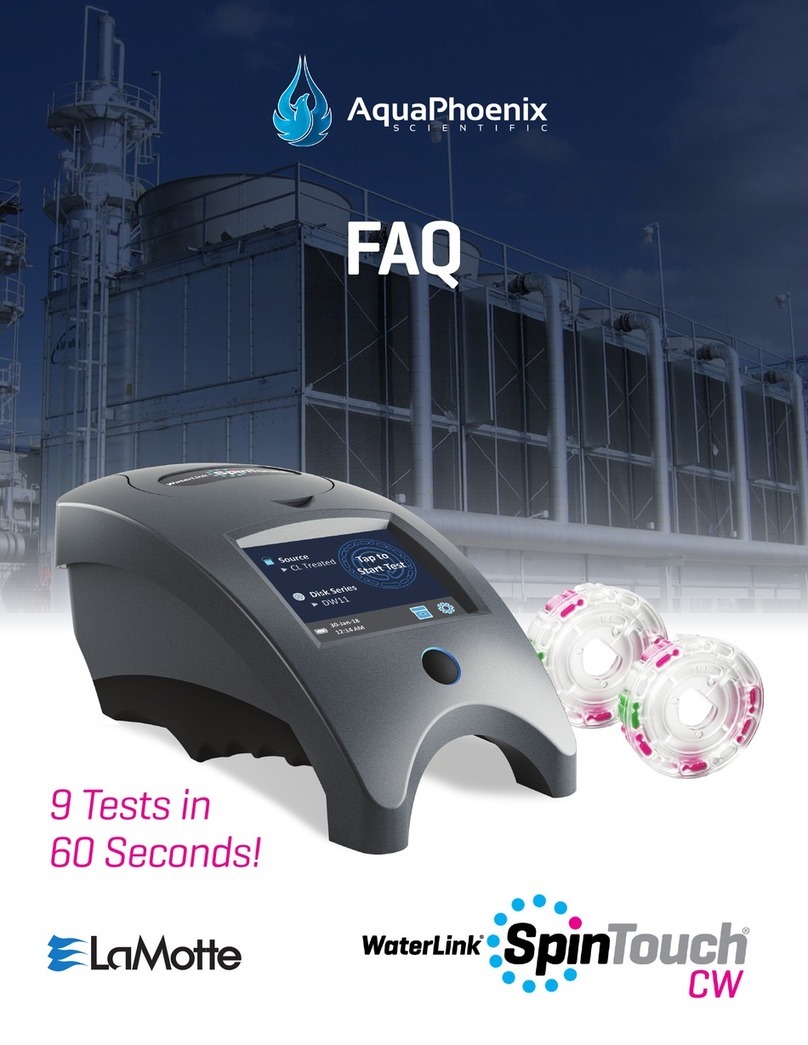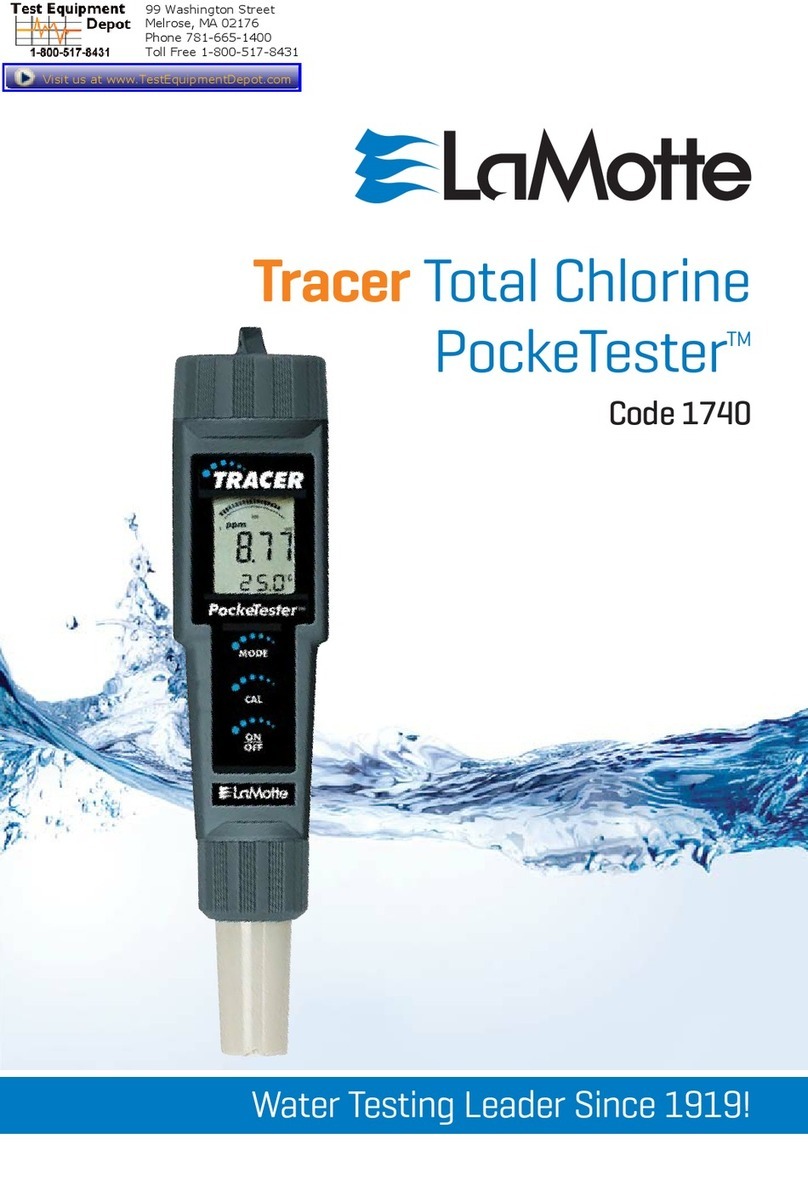
TRACER
DISSOLVED OXYGEN • CODE 1761
Introduction .....................................................................................4
Specifications..................................................................................4
Contents ..........................................................................................4
Parts & Accessories........................................................................5
Meter Description
Front Panel Description ............................................................... 5
Display.......................................................................................... 5
Operation
Filling the Electrode..................................................................... 6
Powering the TRACER................................................................. 6
Startup Polarization Period.......................................................... 6
Turn-on Diagnostics .................................................................... 6
Changing the Temperature Units ................................................ 6
Changing Salinity Compensation................................................ 7
Changing the Altitude Compensation......................................... 7
Changing Measurement Units..................................................... 7
Auto-Power Off Feature ............................................................... 8
Disabling Auto-Power Off Feature............................................... 8
Low Battery Indicator................................................................... 8
Storing Readings ......................................................................... 8
Recalling Stored Readings.......................................................... 8
Clearing Stored Readings ........................................................... 8
Set Up
Membrane Cap Assembly - Filling and Replacement ................ 9
Polarization ................................................................................. 10
Calibration................................................................................... 10
Optional Zero Oxygen Calibration.............................................. 11
Dissolved Oxygen Measurement...................................................12
Operational Matrix..........................................................................13
Troubleshooting .............................................................................16
Maintenance
Battery Replacement .................................................................. 17
Battery Safety.............................................................................. 17
Electrode Replacement ............................................................. 17
Replacing the Membrane Cap.................................................... 17
Electrode Storage ....................................................................... 18
Warranty ...................................................................................... 18
Short Form Instructions (back cover)








































